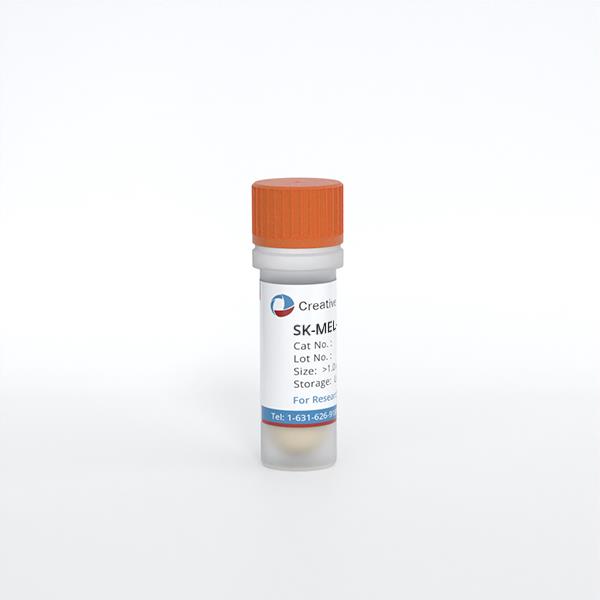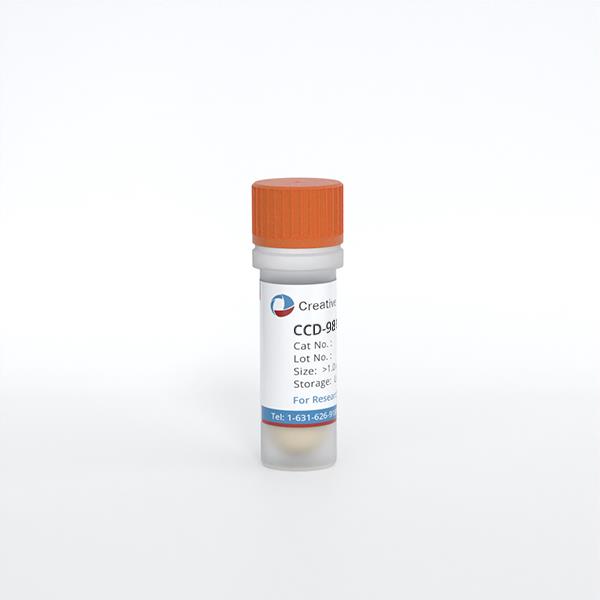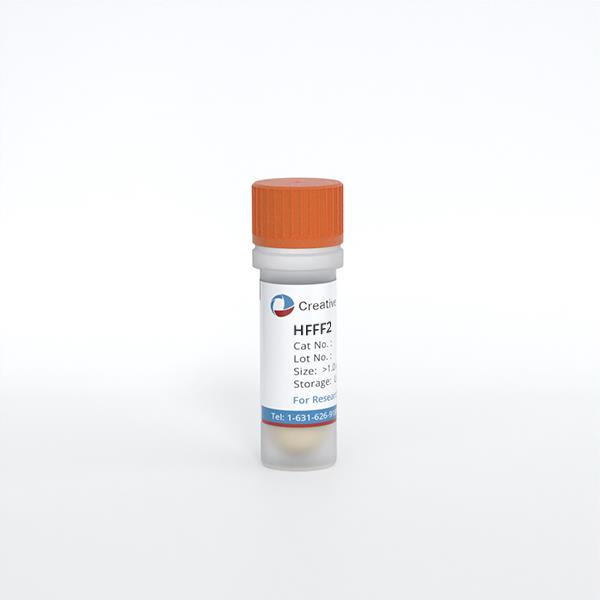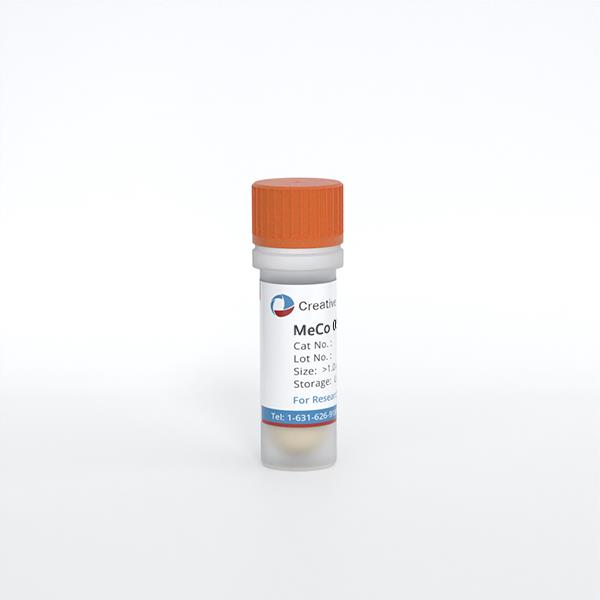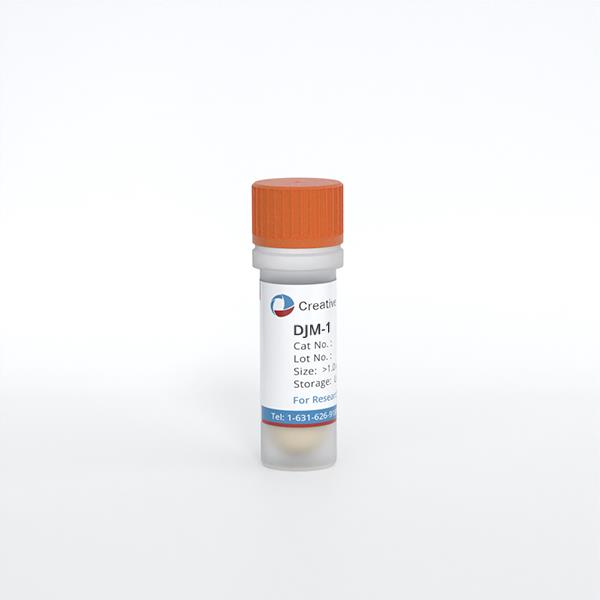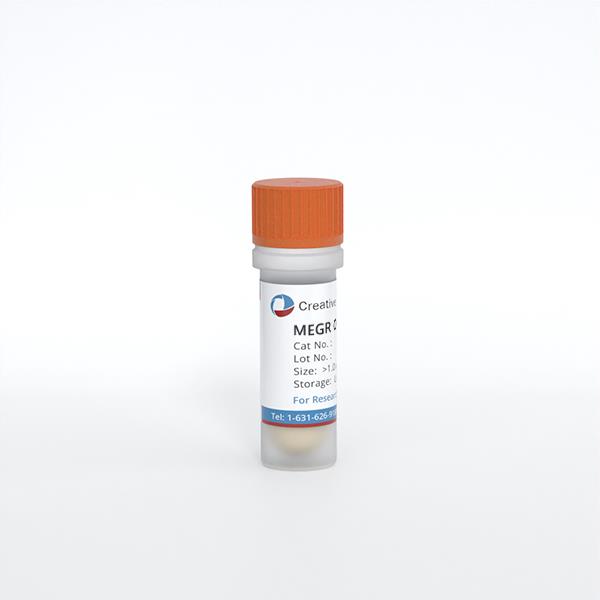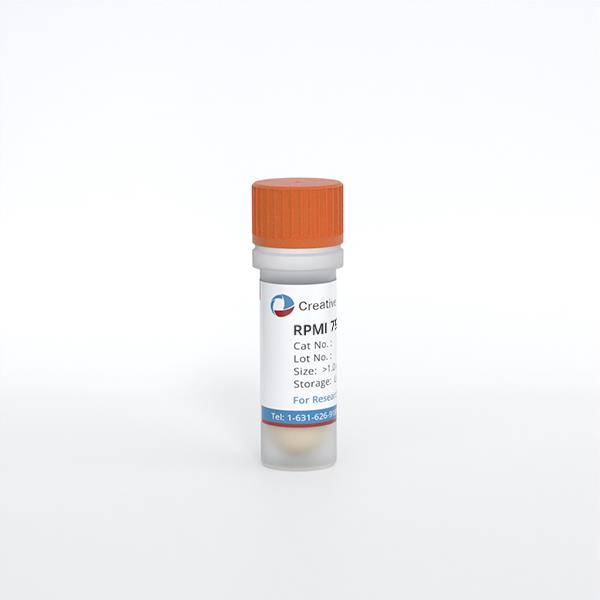
RPMI 7932
Cat.No.: CSC-C2223
Species: Homo sapiens (Human)
Source: Pleural Effusion Metastasis
Morphology: continuous culture, grown as monolayer, morphology fibroblast-like
Culture Properties: monolayer
- Specification
- Background
- Scientific Data
- Q & A
- Customer Review
Tissue: skin;
Tumor: melanoma
The RPMI 7932 cell line originates from human malignant melanoma tissue and serves as a critical resource for cancer research especially in melanoma treatment studies and drug screening. Melanoma develops from melanocytes which produce melanin that colors skin, hair and eyes and it represents a very aggressive skin cancer type. The cell line's name contains "RPMI" which stands for RPMI 1640 medium which was the culture medium first used in this cell line's development and examination.
Several factors affect RPMI 7932 growth including drug treatments along with radiation and chemical exposure. For example, research demonstrates that exposing RPMI 7932 cells to low-power millimeter waves (MMW) within the 53.57 to 78.33 GHz range for three hours can greatly reduce their proliferation rate. And research shows that natural substances like linalool can effectively stop RPMI 7932 cell growth which suggests their possible use as anticancer treatments. Therefore, it is extensively used to evaluate the efficacy of antitumor drugs, natural products, and physical treatments, such as millimeter wave radiation.
Antiproliferative Effect of Linalool on RPMI 7932 Human Melanoma Cell Line: Ultrastructural Studies
Melanoma's aggressive nature and resistance to standard chemotherapy have prompted research into natural compounds with potential antitumor properties. Linalool has shown promising results against several cancer cell lines. The study investigates the selective antiproliferative effect of linalool on melanoma cells RPMI 7932 using the trypan blue assay, and morphological analysis with SEM and TEM.
Linalool showed a selective inhibitory effect on the growth of RPMI 7932 cells in a concentration-dependent manner. Compared with normal keratinocites, significant differences were observed in the number of viable cells treated with linalool solutions (Fig. 1). No antiproliferative effect was observed indicating that keratinocites are more resistant than melanoma cells. Morphological analysis of NCTC 2544 showed no morphological changes in cells treated with linalool. By contrast, RPMI 7932 cells treated with linalool showed several ultrastructural changes, such as chromatin rearrangements and condensation, nuclear fragmentation and formation of many fragments similar to apoptotic bodies (Fig. 2). Within the cytoplasm, a high number of vesicles were observed by TEM, whereas surface blebbing was shown by SEM. These morphological changes suggest that linalool probably induces apoptosis in RPMI7932 cells.
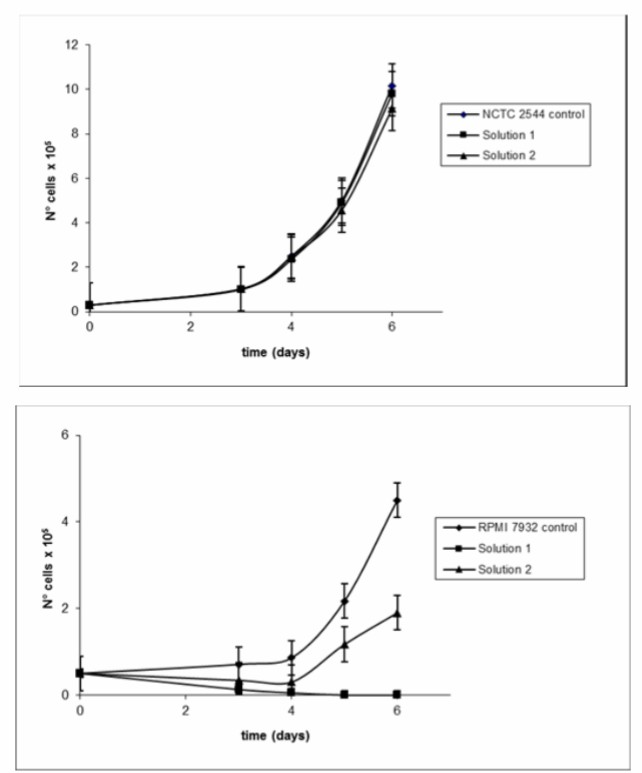 Fig. 1. Effect of linalool solutions on NCTC 2544 and RPMI 7932 using the trypan blue method. Data are expressed as mean ± s.d. of at least three different experiments (Cerchiara T, Straface S V, et al., 2016).
Fig. 1. Effect of linalool solutions on NCTC 2544 and RPMI 7932 using the trypan blue method. Data are expressed as mean ± s.d. of at least three different experiments (Cerchiara T, Straface S V, et al., 2016).
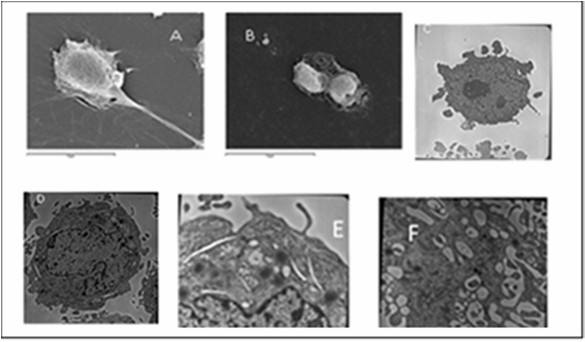 Fig. 2. Ultrastructural morphology of RPMI 7932 cells (Cerchiara T, Straface S V, et al., 2016).
Fig. 2. Ultrastructural morphology of RPMI 7932 cells (Cerchiara T, Straface S V, et al., 2016).
Antitumor Activity of Spartium junceum Aromatic Water
Plant-derived products are a rich source of antitumor agents, with many essential oils and extracts showing activity against tumor cell lines. Spartium junceum, a Mediterranean shrub, has flowers with various medicinal properties. In this study, the chemical composition of S. junceum aromatic water was analyzed using standard techniques.
Then, its cytotoxic activity was evaluated against several human cancer cell lines (melanoma: RPMI 7932; leukemia: K562; breast cancer: MCF7-Bart and MCF7-ICLC; colon adenocarcinoma: SW480) using cell viability assays. The aromatic water exhibited a marked growth inhibitory effect on RPMI 7932 cells in a concentration-dependent manner. As shown in Figure 3, at low concentrations (16.7 μL/mL), the aromatic water inhibited significantly the tumor cell growth and the inhibitory effect increased as the concentration increased. In particular, it is interesting to note that inhibitory effect of the aromatic water on RPMI 7932 cells ranged from 53.0% at 16.7 μL/mL to 98% at 333.3μL/mL. Moreover, we observed a comparable inhibitory effect to that of the positive control, which ranged from 54% to 97%. In contrast, the aromatic water was not cytotoxic to the control NCTC2544 cells up to 166.7 μL/mL. However, for the higher aromatic water concentration analyzed in this work (333.33 μL/mL), 35% of inhibition was achieved on control cells. These results indicate that NCTC 2544 cells were more resistant than RPMI 7932 to S. junceum aromatic water treatment.
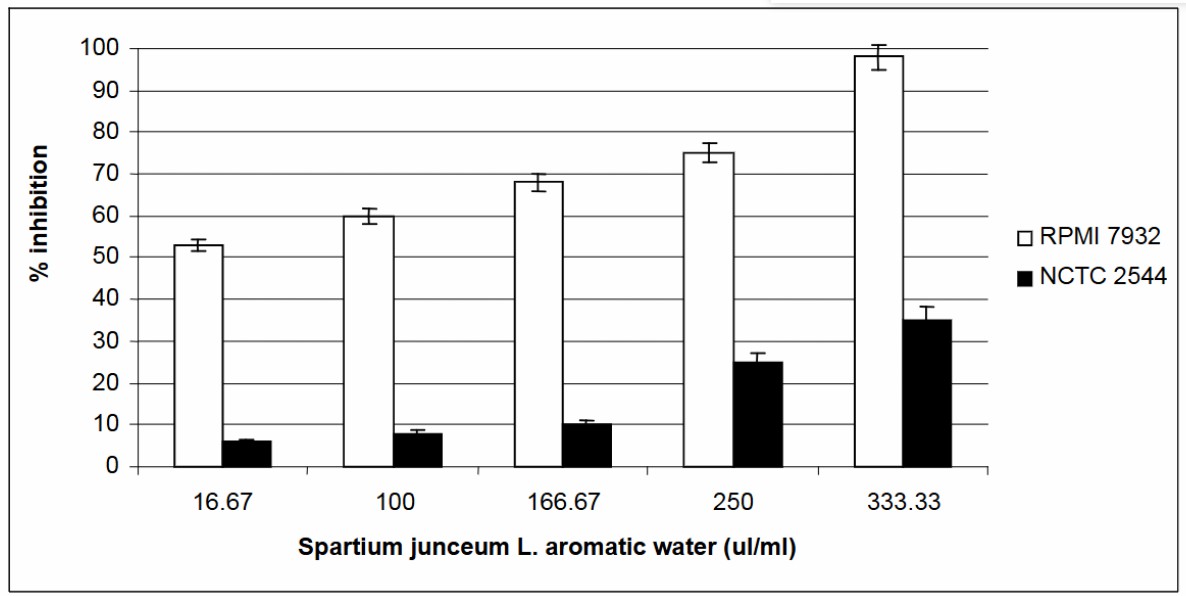 Fig. 3. Cytotoxic effect of Spartium junceum aromatic water on RPMI 7932and NCTC 2544 cells (Cerchiara T, Straface S V, et al., 2012).
Fig. 3. Cytotoxic effect of Spartium junceum aromatic water on RPMI 7932and NCTC 2544 cells (Cerchiara T, Straface S V, et al., 2012).
Ask a Question
Write your own review
- You May Also Need
- Adipose Tissue-Derived Stem Cells
- Human Neurons
- Mouse Probe
- Whole Chromosome Painting Probes
- Hepatic Cells
- Renal Cells
- In Vitro ADME Kits
- Tissue Microarray
- Tissue Blocks
- Tissue Sections
- FFPE Cell Pellet
- Probe
- Centromere Probes
- Telomere Probes
- Satellite Enumeration Probes
- Subtelomere Specific Probes
- Bacterial Probes
- ISH/FISH Probes
- Exosome Isolation Kit
- Human Adult Stem Cells
- Mouse Stem Cells
- iPSCs
- Mouse Embryonic Stem Cells
- iPSC Differentiation Kits
- Mesenchymal Stem Cells
- Immortalized Human Cells
- Immortalized Murine Cells
- Cell Immortalization Kit
- Adipose Cells
- Cardiac Cells
- Dermal Cells
- Epidermal Cells
- Peripheral Blood Mononuclear Cells
- Umbilical Cord Cells
- Monkey Primary Cells
- Mouse Primary Cells
- Breast Tumor Cells
- Colorectal Tumor Cells
- Esophageal Tumor Cells
- Lung Tumor Cells
- Leukemia/Lymphoma/Myeloma Cells
- Ovarian Tumor Cells
- Pancreatic Tumor Cells
- Mouse Tumor Cells
